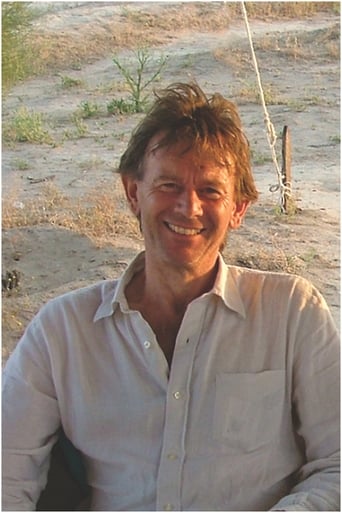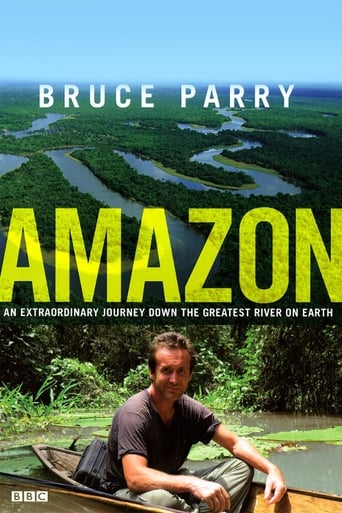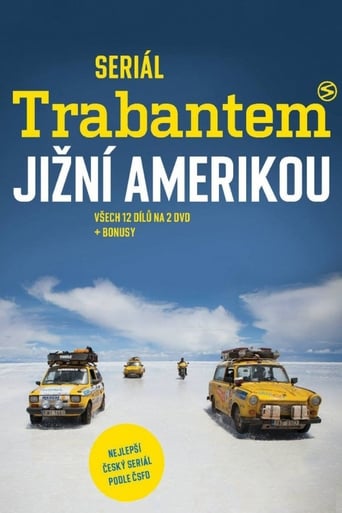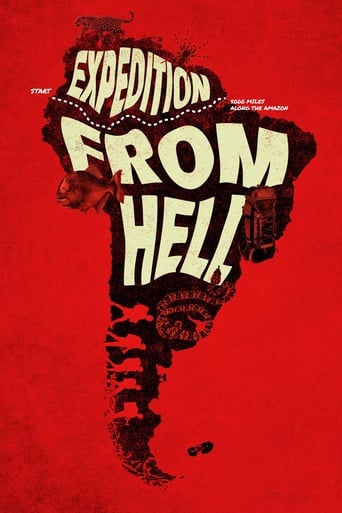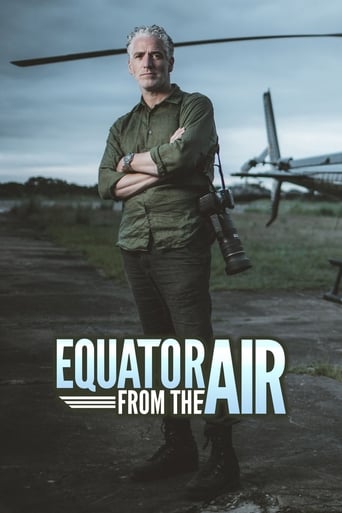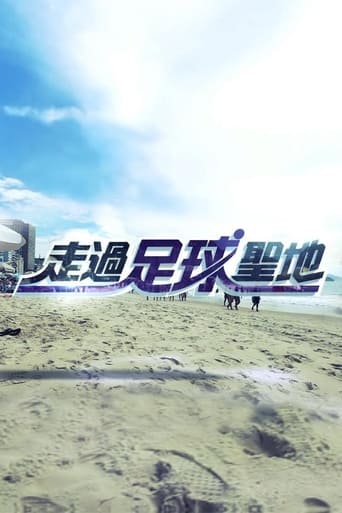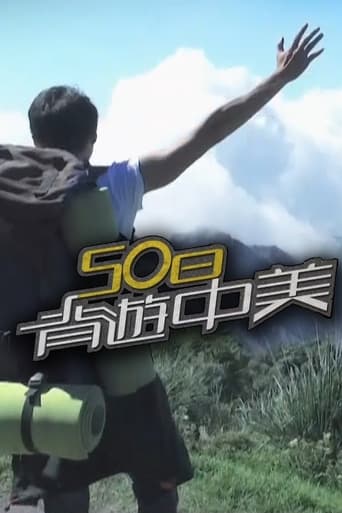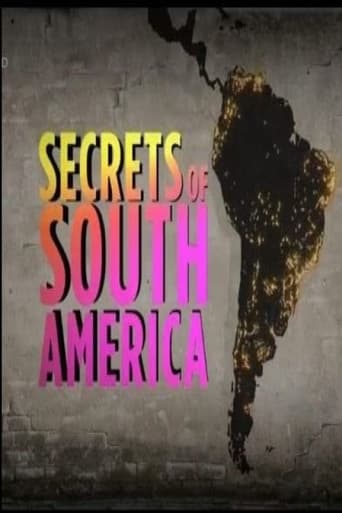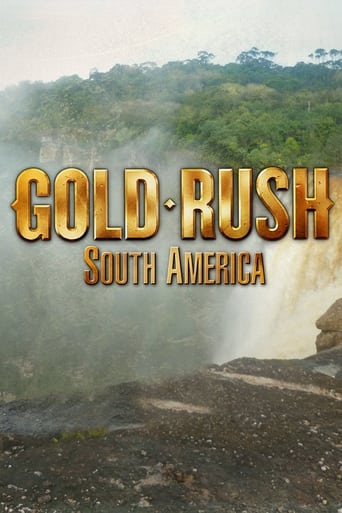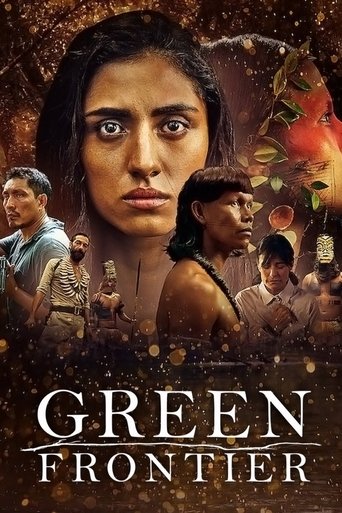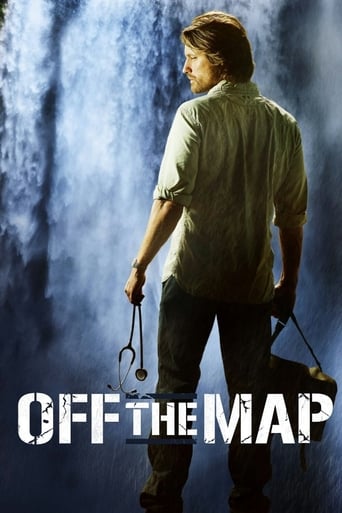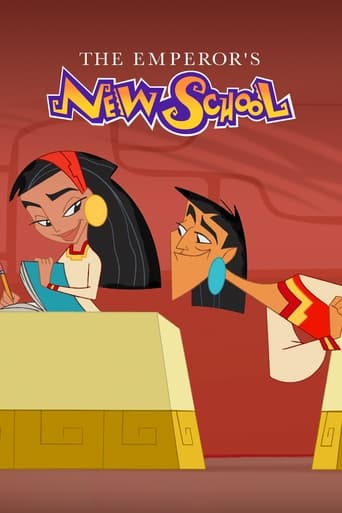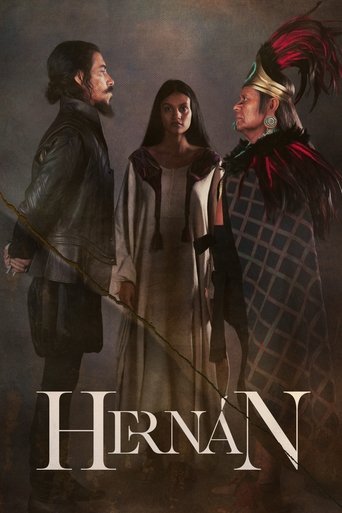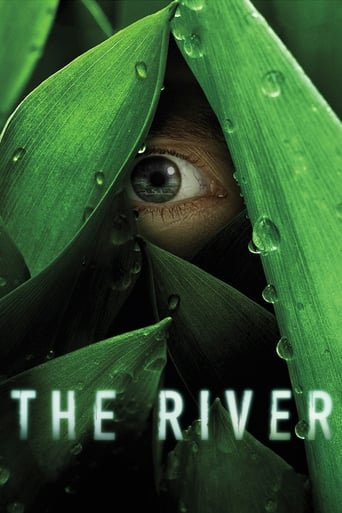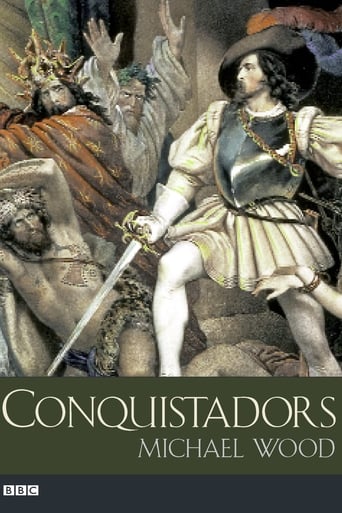
The Search for El Dorado
Episode three begins in Quito, Ecuador, and relates the amazing story of the 16-month Spanish expedition (1541-42), led by Gonzalo Pizarro, to find El Dorado, the mythical land of gold. Crossing the Andes with pack animals, Wood and his team hack a path through the forests, following in Pizarro's footsteps to the Coca river, where they build a balsa raft and sail down to the river Napo, following the route of the conquistadors. There, on Christmas day 1541, the Spanish expedition split, with 60 men under Francisco Orellana sailing (contrary to orders) all the way down the Amazon to the sea in a makeshift boat: an achievement that was "less of a journey, more of a miracle." They were the first outsiders to see the interior of Amazonia and the first to discover and travel the length of the river. On their journey, they encountered unknown empires and vast populations that were later wiped out by disease and subsequently forgotten. The program recounts Orellana's story, as well as the tale of the retreat of the army, under Orellana's cousin and boyhood friend, Gonzalo Pizarro, an almost Shakespearean tale of revenge recorded in their letters and the diary kept by the expedition.
Country: GB
Language: En
Runtime: 50
Season 1:

The first program tells the story of the conquest in 1519-21 of the Aztec empire in Mexico by Hernan Cortes and 500 Spanish conquistadors. Michael Wood follows the path of gambler and womanizer Cortes from his home in Spain to the Mayan pyramids on the shores of the Yucatan, on through the tropical forests of Tabasco to the snow-capped volcanoes of Mexico. Trekking over the mountains in torrential storms, Wood considers how a small band of Spanish adventurers could overthrow an empire of millions, and why the Aztec ruler Montezuma could have believed the Spanish were gods. In modern Mexico City, Wood pieces together the climax of the tale, using dramatic and little-known Aztec eyewitness accounts of the final battle between the Spanish and Aztec armies, a battle that changed the course of history. Before the only surviving portrait of Cortes painted from life, Wood returns to the riddle of the gambler who achieved his dream but in the process destroyed a civilization.
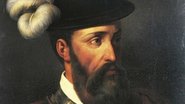
Six years after the fall of Mexico, the conquistador Francisco Pizarro, exploring south of the equator, uncovers another civilization unknown to the European world: the empire of the Incas, which extended 3,000 miles from Ecuador to Chile. Michael Wood recounts Pizarro's daring march into Peru with fewer than 200 men and tells the almost incredible tale of his capture of the Inca Atuahuallpa and his promise to ransom himself with a roomful of gold. Traveling across the Peruvian desert along ancient Inca roads, Wood climbs the Andes with a train of llamas, continues to the ancient city of Cuzco, the Incas' "navel of the earth," where massive Inca buildings still stand, and to the stupendous Sacred Valley ruins, including Macchu Picchu. Telling the story of the Inca resistance, and using Inca accounts discovered only in modern times, Wood journeys on over the passes of the high Andes, up 17,000-foot glaciers and finally down into tropical rainforests on an epic trek to the lost city of the Incas, their last refuge, at Vilcabamba, which was identified only 30 years ago.
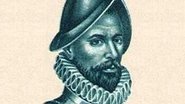
Episode three begins in Quito, Ecuador, and relates the amazing story of the 16-month Spanish expedition (1541-42), led by Gonzalo Pizarro, to find El Dorado, the mythical land of gold. Crossing the Andes with pack animals, Wood and his team hack a path through the forests, following in Pizarro's footsteps to the Coca river, where they build a balsa raft and sail down to the river Napo, following the route of the conquistadors. There, on Christmas day 1541, the Spanish expedition split, with 60 men under Francisco Orellana sailing (contrary to orders) all the way down the Amazon to the sea in a makeshift boat: an achievement that was "less of a journey, more of a miracle." They were the first outsiders to see the interior of Amazonia and the first to discover and travel the length of the river. On their journey, they encountered unknown empires and vast populations that were later wiped out by disease and subsequently forgotten. The program recounts Orellana's story, as well as the tale of the retreat of the army, under Orellana's cousin and boyhood friend, Gonzalo Pizarro, an almost Shakespearean tale of revenge recorded in their letters and the diary kept by the expedition.
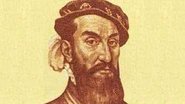
In the last segment, the story shifts to the North American continent. In April 1528, 400 conquistadors, dreaming of gold, land in Florida to begin the exploration and conquest of what is now the southern United States. After terrible months of trekking northward, fighting off hostile Indians in the swamps of Florida, they build boats and try to escape to Mexico. Most are never seen again. This is the tale of four survivors shipwrecked on the shores of Texas and in particular that of Alvar Nuñez Cabeza de Vaca, who wrote it all down many years later. Living among the Indians of the coast for five years, Cabeza de Vaca finally rejoins the three others; together they embark on an epic walk across America to the Pacific coast, reappearing in Mexico eight years after they were lost. Riding through the north Mexican desert, sleeping at prehistoric campsites and staying in caves with the Tarahumara Indians in the wild gorges by Copper Canyon, Wood travels to the Pacific along ancient Indian trails walked by the Spaniards and visits the spectacular Native-American city of Casas Grandes. Cabeza de Vaca, in a book recounting his adventures, came to identify with the Indians against his fellow Spanish and Christians. At the end of this episode, Wood considers how the message of people like Cabeza de Vaca awakened the conscience of Europe about the brutality of the conquistadors, the justice of the conquest and the rights of the native peoples of the New World.

